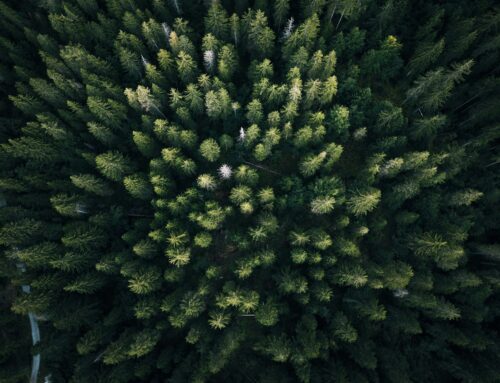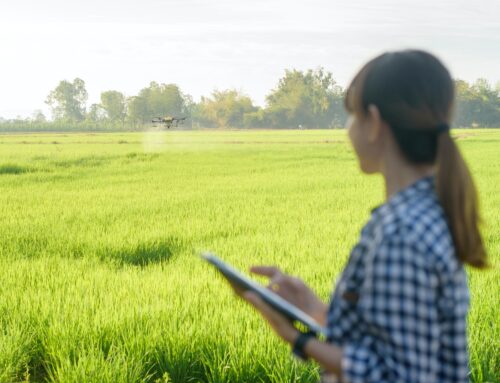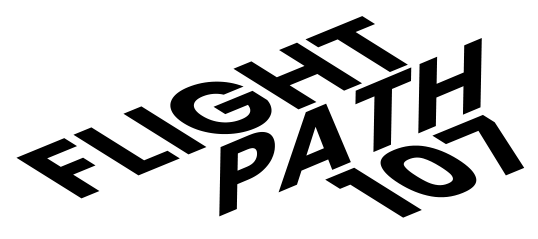A team from Stanford, Brown, and Spellman, in collaboration with NASA’s Ames Research Center, has developed the world’s first bio-drone, constructed primarily from biodegradable materials.
Mycelium Drones: How Fungal Biomaterials Are Shaping the Future of Sustainable UAVs
The team partnered with Ecovative, a company specializing in biomaterials, to craft the drone’s shell using mycelium—a mushroom-like material known for its strength, lightweight nature, and eco-friendliness.
To enhance durability: the drone’s exterior was coated with a protein similar to the one that makes wasp nests waterproof. The electronic circuit board was printed using silver nanoparticle ink, which is also biodegradable, though the rotors and some electronic components remained non-biological.
Among various biodegradable materials, mycelium stood out due to its structural integrity and ease of production. Ecovative’s process combines agricultural waste with fungal mycelium, creating “mushroom materials” that can be molded into specific shapes.
Additionally, the drone was designed with a self-destruct feature using embedded enzymes that activate over time or upon impact, ensuring a minimal ecological footprint.
Bio-Sensing and Beyond: The Future of UAVs in Extreme Environments
According to NASA astrobiologist Lynn Rothschild, the project was initiated to minimize UAV environmental impact, especially in sensitive ecosystems like coral reefs. The bio-drone also features a bio-sensing cell layer, replacing traditional, bulky electronic sensors, thereby reducing weight while increasing efficiency.
Additionally, “Hell Cells” were incorporated to withstand extreme environmental conditions such as high radiation and temperature variations. This makes these drones potentially useful for space exploration.
Stanford team member Ian Hull highlighted another groundbreaking aspect: these drones could be transported to Mars in bacterial culture form. They allow them to be assembled on-site. This reduces launch costs and increases adaptability.
A team presented their bio-drone idea at iGEM. It showed how natural materials could be used in UAVs and construction. Scientists at Cornell and Florence are now using mycelium to create robots that sense and move using fungal signals. These eco-friendly robots could help monitor farms and the environment.
Uses of Mycelium in Ecosystem Restoration with Bio-Rewilding Drones:
While mycelium operates underground, bio-rewilding drones are working above, dispersing seeds, fungal spores, and organic matter to degraded landscapes. These AI-driven drones provide a fast, scalable approach to ecosystem restoration by:
Deploying Mycelium-Infused Seed Capsules: The drones drop biodegradable pods containing fungal spores, native plant seeds, and organic nutrients. When these pods land, they begin to integrate into the soil. This fosters rapid microbial and plant growth.
Targeting Degraded Areas with Precision:
Using satellite data, AI, and LiDAR technology, drones can map landscapes and deploy restoration materials with pinpoint accuracy.
Speeding Up Reforestation:
Traditional reforestation efforts take years to make an impact. Bio-rewilding drones can seed thousands of trees and plants in just days, drastically reducing the time needed for regrowth.
In regions facing deforestation, drones are already restoring biodiversity by reintroducing native plant species and fostering mycelial growth that supports entire ecosystems.
- Sequestering Carbon: Mycelium helps store carbon in the soil, reducing the amount of CO₂ in the atmosphere.
- Regenerating Soil: Fungi break down complex organic matter into nutrients, enriching degraded soils and fostering plant growth.
- Improving Water Retention: Mycelial networks help soil absorb and hold moisture, preventing desertification and erosion.
- Detoxifying Pollutants: Certain fungi have been found to break down oil spills, plastics, and heavy metals, making them powerful tools for environmental cleanup.






